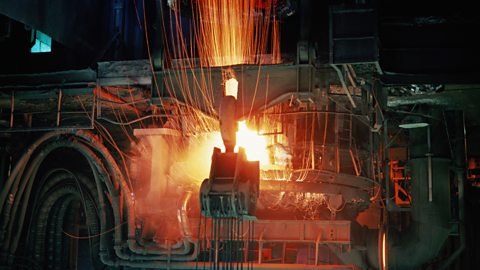Plastics is the name for a group of synthetic materials that can be used to produce a wide range of goods.
Although they can be created from organic sources such as plants, most of the plastics in common use today are a by-product of the oil industry.
Plastics are examples of polymers - very large molecules formed by the joining of many small molecules called monomers. The uses of plastics are related to their chemical properties.
Properties of plastic
There are lots of different types of plastics but most are strong, light and last a long time.
They don’t get damaged by water and some types of plastic can resist heat, chemical damage and electricity.
They also can be made to look nice, including being made into lots of different colours. This is why they are used for things like furniture and decoration.
Here are some examples of different plastics, what they are used for and how easy they are to recycle:
Thermoplastics
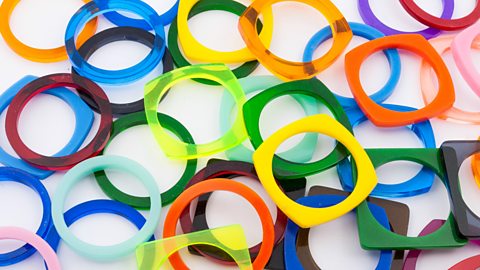
Thermoplastics are the most commonly used plastic. These plastics can be heated, moulded into a shape, and then reheated back to their original shape.
These materials have a low melting point which means they can be used in a variety of manufacture techniques.
Examples of thermoplastics include:-
- ABS (acrylonitrile butadiene styrene)
- acrylic

Thermosetting plastics
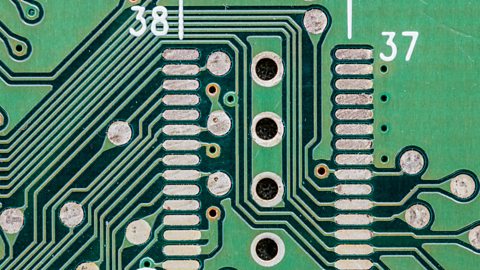
The molecular structure of thermosetting plastics doesn't allow the molecules to restructure themselves. This mean the materials can't be reshaped or recycled. Their structure does mean that they are very resistant to heat, electricity, chemicals and scratches.
Because of these properties, thermosetting plastics can be found in products such as electrical fittings and circuit boards.
Examples of thermosetting plastics include:-
- melamine
- urea formaldehyde

Recycling plastics
Most of the plastic we use every day is stamped with a recycling symbol and a number. This tells you whether and how it can be recycled.

Image caption, Polyethylene Terephthalate (PETE)
Polyethylene Terephthalate (PET/PETE) is a commonly used plastic. You'll find it in bottles, food packaging and even clothing (eg. polyester). It is widely recycled, often made into sportswear. (Davyd Hruts / Alamy Stock Vector ; Zoltán Papp / Alamy Stock Photo)
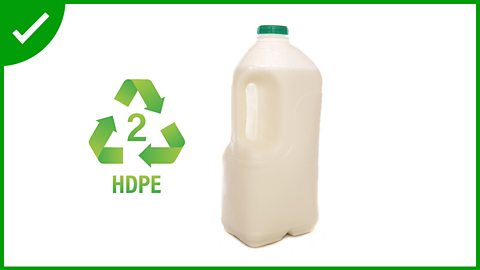
Image caption, High-Density Polyethylene (HDPE)
High-Density Polyethylene (HDPE) is used for a lot of things, including toys, shampoo bottles, pens and milk bottles. It is widely recycled. (Davyd Hruts / Alamy Stock Vector ; chris brignell / Alamy Stock Photo)
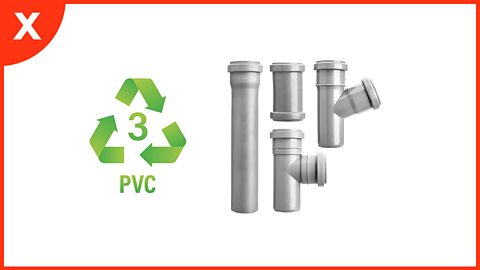
Image caption, Polyvinyl Chloride (PVC - U)
Polyvinyl Chloride (PVC/PVC-U) is used to make rigid things like furniture, windows and piping as well as softer things like cling film and beach balls. Most PVC can't be recycled! (Davyd Hruts / Alamy Stock Vector ; Roman Milert / Alamy Stock Photo)
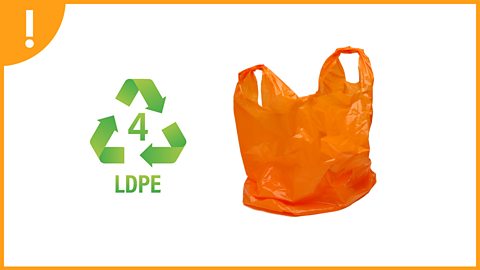
Image caption, Low-Density Polyethylene (LDPE)
Low-Density Polyethylene (LDPE) is used to make containers and packaging such as cling film, bubble wrap and plastic bags. Only some LDPR can be recycled. (Davyd Hruts / Alamy Stock Vector ; Andrew Paterson / Alamy Stock Photo)
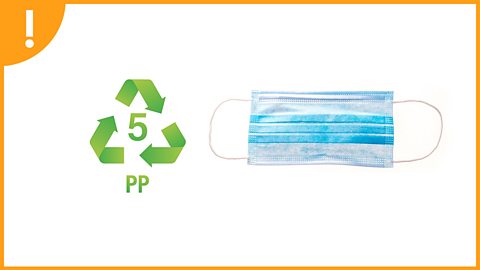
Image caption, Polypropylene (PP)
Polypropylene (PP) is used in a wide range of items, including food tubs, medicine bottles, glass jar caps and even disposable face masks. Only some PP can be recycled. (Davyd Hruts / Alamy Stock Vector ; Gang Liu / Alamy Stock Photo)
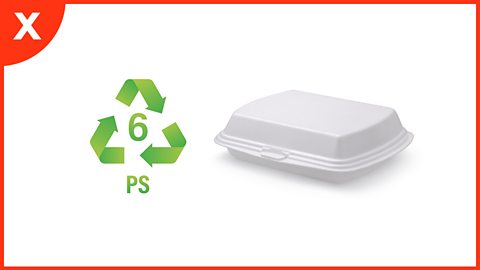
Image caption, Polystyrene or Styrofoam (PS)
Polystyrene or Styrofoam (PS) is used in packaging and insulation. You'll find it in disposable cups and plates, some car parts and take-away containers. PS is not commonly recycled. (Davyd Hruts / Alamy Stock Vector ; Anton Starikov / Alamy Stock Photo)
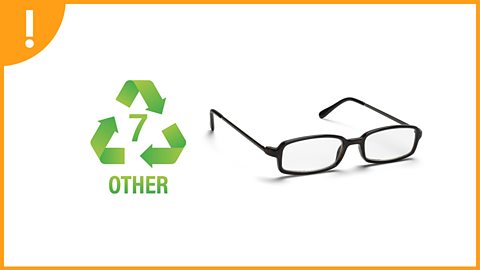
Image caption, OTHER
The OTHER category covers items that don't fit into the previous six plastic types. Examples include sports bottles, CDs/DVDs, some electrical wiring and reading glasses. OTHER products are not commonly recycled. (Davyd Hruts / Alamy Stock Vector ; Elisabeth Burrell / Alamy Stock Photo)
1 of 7
Environmental impact
Making them uses oil, gas or coal, which are non-renewableNatural resources that cannot be replaced after they are used. This means that they exist in a fixed amount on Earth. Fossil fuels such as coal, oil and gas are all non-renewable resources. fossil fuelsFuels that come from the Earth. Fossil fuels are all old life forms that have decomposed and been compressed over a long period of time under ground or under the sea. Coal, oil and gas are fossil fuels.. That means once we have run out of them, they are gone.
Factories that make plastics produce a lot of toxicPoisonous, harmful. fumes and carbon emissionsThe release of carbon into the Earth’s atmosphere. This contributes to climate change. which contribute to climate changeThe change in the usual conditions of weather (temperature, wind, rainfall etc.) on Earth over a long period of time. The climate has changed throughout the history of Earth, but current climate-change refers to an increase in global temperature..
They do not biodegradeTo break down and disappear over time. . This means they won’t break down naturally and unless we tidy them up, they will be around forever.
Plastic litter is very harmful to wildlife, both on land and in the ocean.
The damage caused by plastic waste is on the increase and people are being warned to take action now before it is too late.
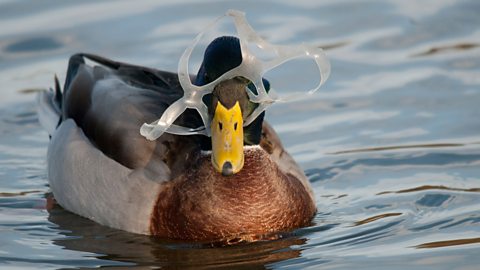
Image caption, Plastic in our rivers and oceans can harm or even kill birds, fish and other marine life.
(Steve Bloom Images / Alamy Stock Photo)
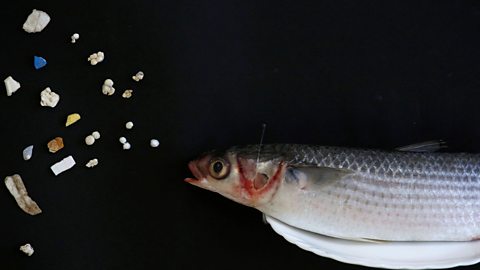
Image caption, Plastic breaks down into tiny pieces in the sea and some animals might accidentally swallow it.
(REUTERS / Alamy Stock Photo)

Image caption, All sorts of animals can become ill because they eat plastic that their bodies can't digest.
(MediaWorldImages / Alamy Stock Photo)
1 of 3
Reducing the impact of plastic
If we follow the simple rule of reduce, reuse, recycle with plastics, we will do our bit to stop plastic harming the environment.
Reducing our plastic use is the best solution out of the three options.
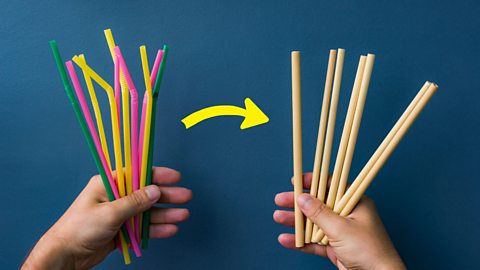
Reduce the amount of plastic we use, especially single-use plastics, such as plastic bottles and plastic cups.
We can reduce our plastic use by using plastic alternatives such as a bamboo toothbrush, a metal water bottle or paper or fabric bags instead of plastic bags.

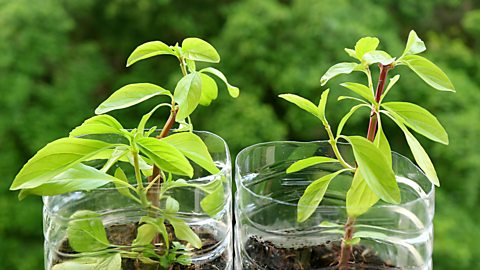
Reuse plastics as much as possible before recycling them.
For example, you could reuse a takeaway container as a lunch box. You can also reuse plastic bags that you have at home.

Recycle plastic that we do not need anymore. If we recycle plastic, it means we won’t have to make more new plastic using non-renewable materials so it is better for the environment.
Most plastics can be recycled but often this doesn't happen. Make sure to recycle your old plastic bottles, packaging and other plastic items you use.
Plastic can only be recycled a few times, so it is much better to reduce the plastic you buy and use.
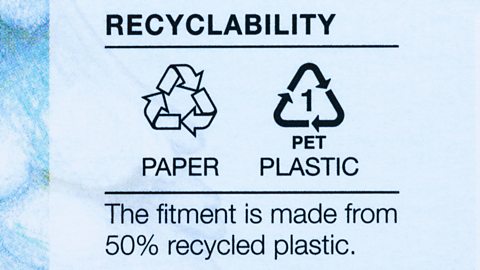
Image caption, Recycling information on packaging lets you know if it has been made from recycled plastic already and whether it can be recycled again. (Carolyn Jenkins / Alamy Stock Photo)
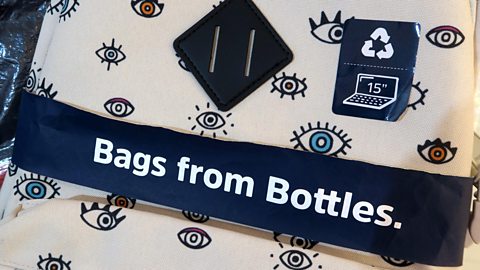
Image caption, A backpack made from recycled plastic. (Mark Azavedo / Alamy Stock Photo)

Image caption, A mat made from recycled plastic. (Andrey Zhuravlev / Alamy Stock Photo)
1 of 3
Advantages and disadvantages of plastic
Advantages of plastic
Plastic is a versatile material that can be moulded in to different shapes.
Plastic is cheap to produce.
Plastic is lightweight and durable. Unlike metal it does not corrode or rust, which means it is good for containing liquids.
Plastic does not conduct heat or electricity, which means it can be used in the manufacturing of electrical products.
Disadvantages of plastic
Most plastic is made from natural materials (coal, oils and gas) that are not renewable and contribute to global warming and climate change
Factories making plastics produce a lot of toxic fumes that can damage our health. They release carbon emissions which contribute to climate change.
Plastic does not biodegrade so plastic waste finds its way in to our environment, polluting land, rivers and oceans.
Plastic waste can be dangerous to wildlife, causing harm to all types of animals, which can get caught in plastic waste or eat small bits of plastic. This can cause the animals to die. Many birds and fish have been found with large amounts of plastic in their stomachs.
The amount of plastic we use is increasing and a lot of this plastic is designed for single-use and is used only once. This means that the amount of plastic thrown away has also increased causing even more damage to the environment.
More on Materials and resources
Find out more by working through a topic
- count1 of 2
